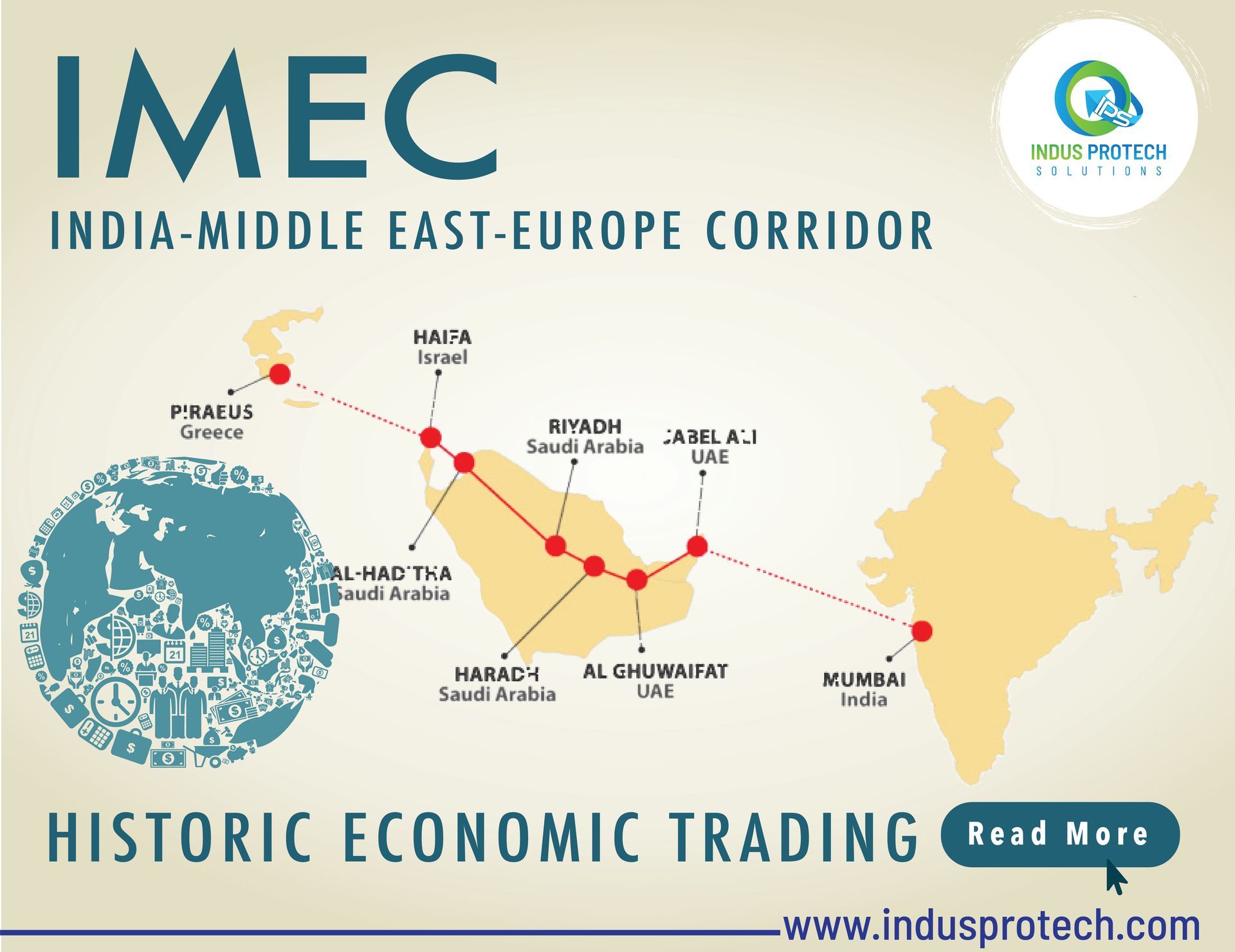In 2020, the global electronics market was projected to be worth US$ 2.9 trillion. In its National Policy for Electronics (NPE) 2019, the Indian government has extensively acknowledged the strategic relevance and growth potential of this industry. By creating a competitive environment for the industry, NPE aims to transform the nation into a comprehensive hub for Electronics System Design and Manufacturing (ESDM). As one of the top 25 priority sectors under the government's Make in India plan, the ESDM industry also plays a significant role in economic growth. The development of sustainable electronic device production and exports has received significant attention from Indian officials.
Information technology (IT), office automation, telecom, consumer electronics, aviation, aerospace, defence, solar photovoltaic, nano electronics, and medical electronics are all included in the Electronics System Design & Manufacturing (ESDM) industry. The sector also covers design-related tasks including board design, embedded systems, Very Large-Scale Integration (VLSI), semiconductor design, and product design.
















